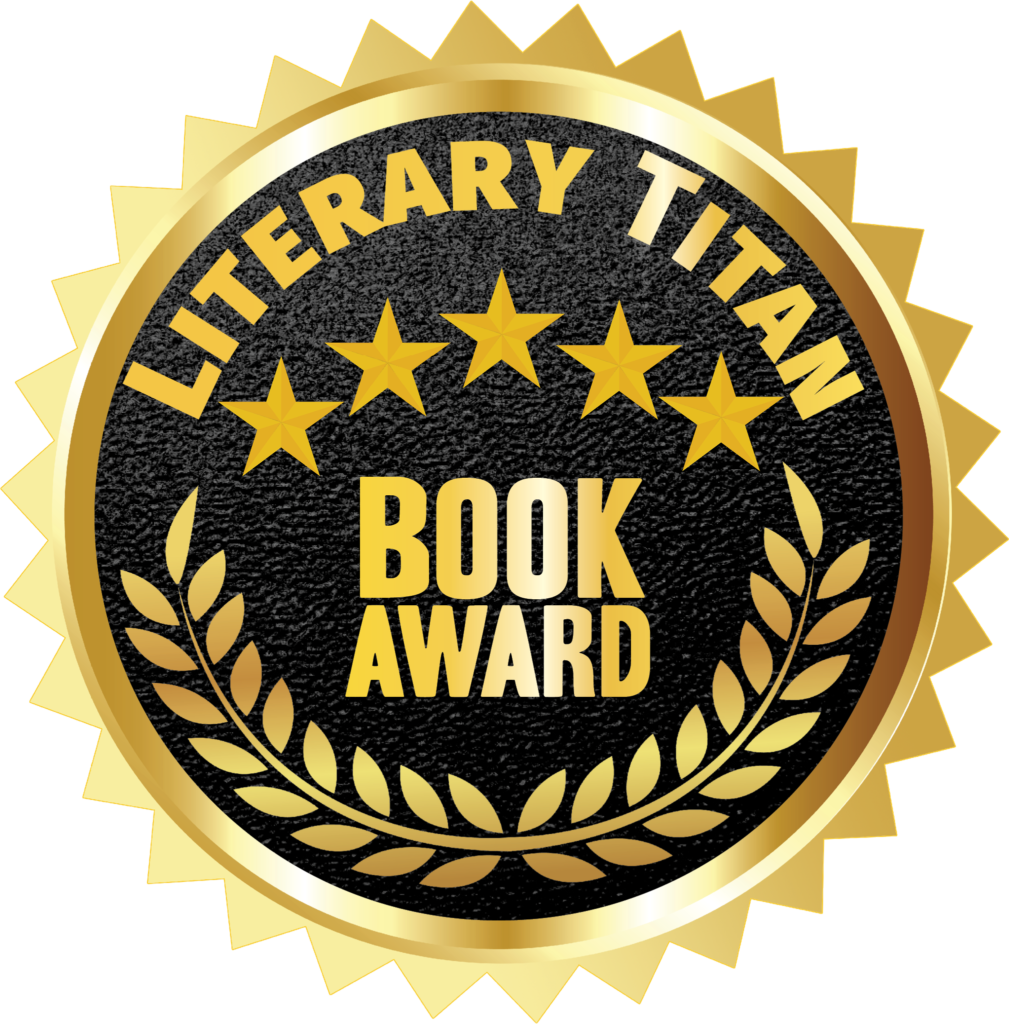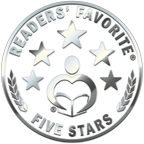From “tai chi” to “bad chi,” the concept has infiltrated our cultural awareness. But what does it mean? Today’s book, Chi: Discovering Your Life Energy by Master Waysun Liao, puts it this way:
“Wise and ancient people identified an invisible force within all of life and nature . . . since this force behaved so much like weather and air, these ancient people borrowed the word ‘air’ to name it. In the case of the ancient Chinese, this invisible force was “the Air” or “Chi” (pronounced ‘chee’).”
Liao, p. 1-2
Basically, Chi is life energy. You could think of it as passion, having a spark, being one with the universe, or acting as “the true you.” That idea of authenticity is a big deal. Often in the book, the example of someone aligned with and “powered by” their Chi is a baby. By contrast, adults learn to be bound by social rules and worries and fears, and therefore become a shell of themselves, powered by external forces rather than their own inner force.
After giving this introduction, the book outlines how people lose connection with their chi, and how to reconnect with it. The philosophy at times is a little repetitive, but there are varied and accessible metaphors. I was particularly struck by an explanation of yin and yang–also concepts that are familiar, though not always fully understood. As Master Waysun Liao puts it, yin and yang are the “push” and “pull” that work in tandem while chi is the balance between the two. He explains it better here:
“Human life energy requires constant action to balance itself . . . Just as a bicycle requires the pumping of pedals, left-right, left-right, in order to stay upright and move forward, without this nonstop motion of Yin and Yang, you would cease to exist. But just like a bicycle, if one wheel moves faster than the other, or one wheel stops . . . your bicycle will lose its balance, wobble, stop, or fall down.”
Liao, P. 23
That said, throughout the book, thinking too hard about it–or really thinking at all–is strongly discouraged. This was tough for a writer and researcher like me to accept. 😉 It’s a similar idea to Zen koans where the master says “if you’re trying, you won’t get it.” I understand that we’re supposed to just allow the energy, or the connection, but I’d still like to understand it more. No doubt Master Waysun Liao would say that’s my mind getting in my way!
The book goes on with practical tips for increasing your chi, which involve meditation and breathing exercises. There are also a series of images at the end depicting different tai chi exercises (tai chi, incidentally, is a “moving meditation” meant to heighten your awareness of your chi). It’s a thorough introduction for beginners, to be sure–even somewhat resistant beginners like me. 🙂
Official Citation
Liao, Waysun. Chi: Discovering Your Life Energy. Boston & London: Shambhala, 2009.
Psst! Could you use a little help?
I’ve added coaching, research assistance, and classes to my offerings! Check out my author services and group workshops. It may be a tough, dark world out there, but together we can share some light.

Want to Keep in Touch?
Options! You can sign up for my newsletter, which comes out twice a month and includes sneak peeks, book recommendations, cat pictures, and a round up of recent blog posts. Or, you can subscribe to the blog itself, to make sure you never miss an upcoming release. You can also do both! Either way, I’ll never share your info, and I’m looking forward to sharing with you again. 🙂
Newsletter:
Blog:





